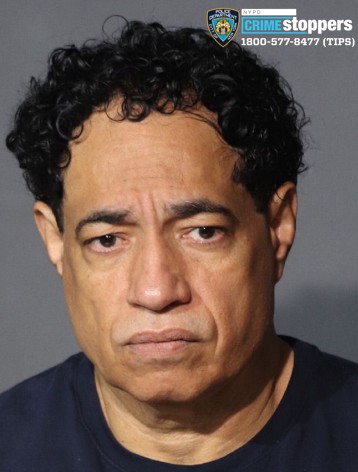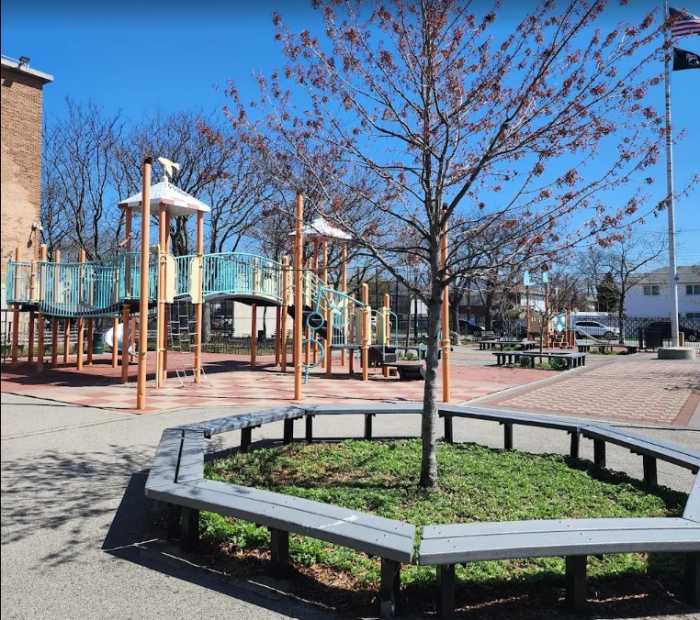A person who was literate could be assured of making his way in the world. Massachusetts led the way in the idea of the establishment of our…
By Joan Brown Wettingfield
Literacy in early colonial times was so limited that a knowledge of letters and numbers spelled power.
A person who was literate could be assured of making his way in the world. Massachusetts led the way in the idea of the establishment of our late-day public school system, though the early history of schoolmasters and their institutions is rather obscure. There was a slow but steady shift during the 18th century. By 1805 the first free public grammar school was in existence in this country.
Before that time most children learned to read and write at home or attended small, private neighborhood reading schools or charity schools run by various religious denominations In New York City periodic attempts were made to establish public schools, and in 1732 an act was passed establishing a public school to teach 20 pupils. However, that school lasted just six years.
The school as an institution was yet to be the focal point of education that it was to become in the 19th century. Primary educators found their responsibilities and scope unclear for several reasons. The family and the church shouldered the responsibility for moral education, crafts were learned in apprenticeship, and accounting could be learned in trade or at the counting house. Schoolmasters moved about frequently, and the housing of schools often proved to be temporary. Teaching took on more the aspect of a trade rather than a profession, for there were no standards for the preparation , qualification, or promotion of teachers. There was also a prejudice against charity schools and this affected “public schools” because parents kept children away for fear of being labeled or identified with pauperism.
By 1850 the basic principles we enjoy today of free public schools available to all children, with teachers having professional training, were in place. In this light the story of Bayside's early schools provides an interesting insight into the caliber of Bayside's citizenry of the time.
In the 1840s the village entered the educational mainstream. As a nation we were at the brink of momentous change — the efficient American sailing packet increased immigration, and factory development and changes in transportation greatly affected the way Americans lived. In those days before the consolidation of Queens in the Greater City of New York, the town of Flushing embraced in its precinct the village of Bayside and its adjoining territory. Effingham Lawrence of Bayside served on the Flushing Board of Education. It was time for Bayside to come of age.
In 1842 a sum of $360 was voted and subsequently raised to build Bayside's first school. This first school house was located on the William Titus farm near present-day Bell Boulevard and 48th Avenue. Effingham Lawrence and Mr. Titus were appointed as the building committee. A small one-room structure, this building served the community for 17 years until 1859 when the district voted an appropriation of $1,000 to build another school on a plot of ground on the Titus farm. The land was leased for a period of 25 years at $10 per year. The first schoolhouse was then sold, moved, and later used as a residence.
In 1864 the trustees , at the request of 16 voters, called a special meeting to vote for or against incorporating the school district as a Union Free School District. The vote carried 48 to 22. The first Board of Education elected under the rules of the Union Free School included John Taylor of the “Oaks” and William C. Buhrman, proprietor of the Alley Country Store.
In 1883 the two-room school building was moved to the site of present-day PS 31. In 1890 a wing was added and an additional teacher was engaged. By 1893 plans were submitted by the Board for the construction of a “modern structure.” The needs of the District had outgrown the old building.
The Quakers had established another fine school in the village in 1860. It was in existence for 17 years and was erected on land donated by Mrs. Abraham Bell on the Bell farm along Crocheron Ave. (now 35th Avenue) just about opposite present-day St. Josephat's Church.
Work commenced on the new public school in 1894, and by February 1895 new quarters were opened. It was considered the finest of its kind on Long Island.
A contemporary description stated: “It makes an imposing appearance as seen when entering the village from the East. The classrooms are 26 by 34 feet and are well-lighted and heated. Heat is secured by indirect steam radiation for all classrooms and direct steam heat for all other rooms. Ventilation is obtained by means of a heated exhaust flue from each classroom.
Spacious for its time, the new school contained four classrooms, an office, a reception room, a library, two teachers' rooms, two playrooms, and apartments on the third floor for the janitor. The old building was used as an assembly. Mr. Frank K. Montfort was the principal, assisted by teachers, Mary Godley, Dora Smith, and Estelle Main. After the consolidation of the Borough of Queens with the City of New York, the school became known as P.S. 31. In those days a principal earned $48 to $60 a month, teachers were paid $34 to $40 a month, and workmen were glad to get $1.50 a day. Cleaning women got less and janitors were paid $8 a month.
Less than 50 years later the old wooden structure became inadequate for the expanding community needs, and the larger building we know today was built on the old site. The Mothers' Club of PS 31, assisted by the Bayside Taxpayers and Improvement Association under the leadership of Mrs. Ella Streator and Mrs. Henry Wettingfeld Sr. were instrumental in urging the construction of the new school which still serves the community today.
I recently came across long-forgotten memorabilia of my husband's family; among them was Anna Seitz Wettingfeld's (Henry's mom) leather-bound school autograph album with its whimsical sayings written by her classmates when PS 31 was a wooden structure. Young Anna graduated in 1912 when the school had eight grades and the graduating class numbered 18.
In 1898 the principal was Frank K. Montfort, and he also was the 8th grade teacher. The small class of nine students had last names familiar to those acquainted with the history of our town: Roe, Farrington, Powell, and Bouse, for example.
My husband's father, Henry Wettingfeld Sr., graduated in a class of 10 in June 1901 when George Barmeyer, well-known educator in the area, was the only candidate for an honor certificate. The average age of the pupils in that class was given as “14+.” A record was kept of each graduating class listing the program, class motto, and colors. The class of 1901 chose as its motto, “Through difficulties to success,” and its colors were red and white. The class exercises at graduation included a “Discussion,” a debate entitled,” Is Grant a Greater General Than Lee?” Henry Wettingfeld Sr. took the affirmative position while George Barmeyer upheld the negative. The program itself was varied and was comprised of 12 items.
In the early years of the school to 1914, the era of World War I, male principals prevailed, but women began to be appointed from that time, which is interesting in view of world events then.
Searching through family memorabilia can often reveal interesting snippets of local history hidden in an album, a letter, a document, or long-forgotten obituaries and newspaper clippings.
Joan Brown Wettingfeld is a historian, free-lance writer, and a member of the Borough President's History Advisory Committee.
Website: member.aol.com/tmpnyc/bayside.htm
E-mail: JBBAY@aol.com




































